Deep Dive: So how much energy does a wave pool use?

When it comes to wave pool energy use there are no easy metrics. Once you enter wave size, frequency, intensity, length of ride, and more, it’s difficult to get an apples-to-apples comparison. But we wanted answers. We dug in, and this is what we found…
It’s a strange place to be existentially – using energy to create waves, something that’s abundant in nature. We do sort of do this with light bulbs by recreating sunlight. But that’s indoors. Plus, it takes more energy to make a wave than it does to light up your kitchen.
There is unfathomable energy out in the open ocean, but quantifying the output needed to push water in a pool is tricky. I can understand the intense energy output of the open ocean in the form of purple blobs on a swell forecast map. But that’s still abstract, just a digital representation of energy. It’s only with each tornado-meets-trailer-park news cycle that I can viscerally comprehend the power and energy output of this natural force. That tornado typically unleashes around 10,000 kilowatts of energy.
Energy Measurements
But before we apply kilowatts to waves, here are some usage examples for perspective: The average 1000 watt electric heater operating for one hour uses 1000 watts, or 1 kWh of energy. A 40-watt electric appliance operating continuously for 25 hours uses 1 kWh. The average American household uses 10,660 kWh each year. The MGM Grand in Las Vegas consumes at least 400,000 megawatts (so 400 million kilowatts) of electricity annually. One kWh will power the average iPhone for a year.
Water is Heavy
At the crux of the wave pool problem is general physics. It takes a lot of energy to push something as heavy as water.
“The basic premise in wave generation is you are moving water (64 lbs / cu.ft) above static water level to make the wave crest and also moving water below static water level to make the wave trough,” says OG wave pool inventor Tom Lochtefeld. “Imagine carrying all that water up or down to make a single wave? That is a lot of work requiring a lot of energy. There is no shortcut. Every wave generating manufacturer has this problem, and there is no magic bullet.”
To understand efficient energy usage in a wave pool we have to understand that it’s more complicated than simply flicking on a light switch. A light switch has two settings, on and off. The average surf park offers 4-to-5 wave settings and within those settings offers different wave sizes rolled out at different frequencies. So a beginner wave setting running just a few 2-foot waves per hour will use drastically less energy than an intermediate 4-foot-wave setting pumped out at 500-waves per hour.
“Surf Loch’s energy consumption is solely a function of how quickly you want a wave,” continues Tom. “We make waves on demand, so the faster you want waves, the more energy is required. For example, we could build a pool that operates on the energy consumption of a 100 Watt lightbulb, the only problem is that it might take a couple of days to store up enough air to generate a 5-foot-high wave with a 10 second duration.”
Tom’s company built a wave pool at a private residence last year in the US. He said this surf spot uses 400 kW to produce 5-foot-high waves every 30 seconds. That’s 120 waves per hour.
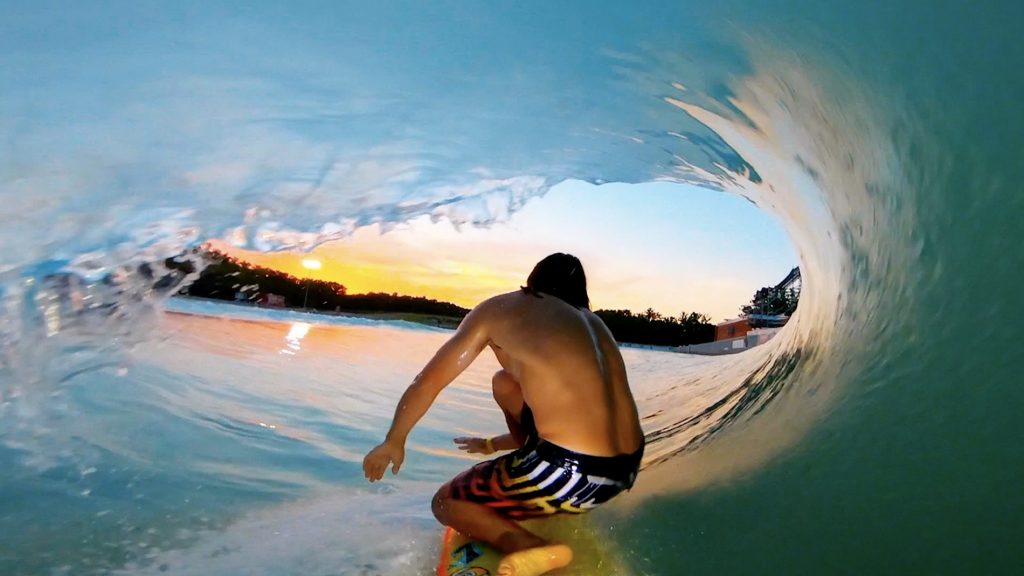
Efficient Engines
When surf parks up the power of their waves, something like Beast Mode at Urbnsurf, they tend to dial down the frequency of those waves to ease up on energy usage and minimize turbulence. Even with reduced frequency, a bigger wave setting still takes more energy over the course of an hour.
Mark Kosich of WavePrizm technology says there’s a formula for the size-equals-energy-use conundrum when producing waves.
“We might expect two times the energy input to make a wave that’s twice as big, but it looks like we need four times the displacement,” says Kosich. “However, the energy dilemma is that there is an exponential energy requirement of about eight times.”
He adds that tech is advancing, drawing a comparison with some of today’s fuel-efficient engines having as much power as their muscle-car era predecessors.
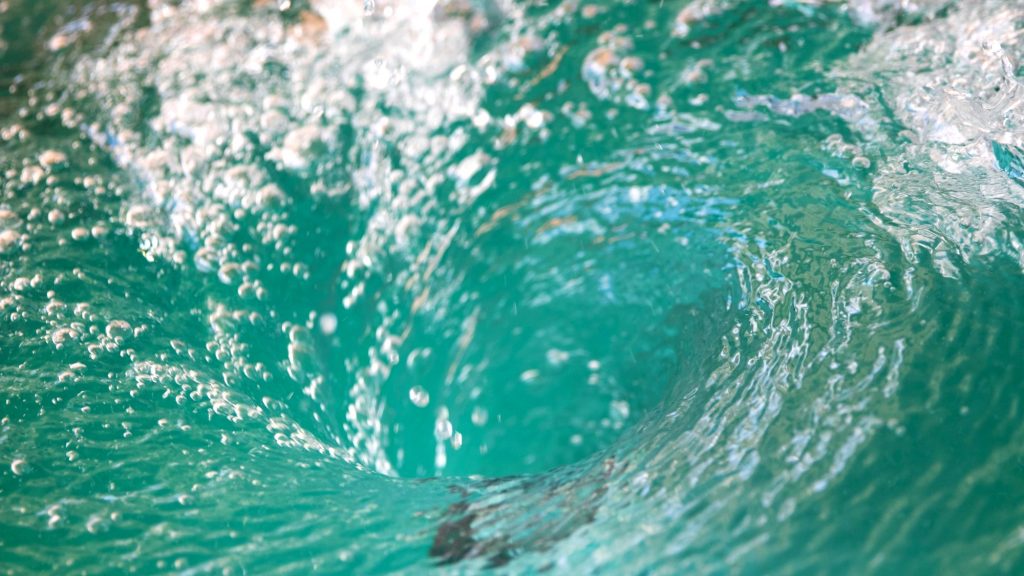
“Today’s V6 and V8 engines can deliver at least as much horsepower as yesterday’s V8 and deliver two times the range at around 20 – 26 mpg. With wave machines, we are evolving similarly where we can manage the same displacement with reduced power input, in the ballpark of 25 – 30% savings, and targeting as much as a 50% reduction.”
Surf Park Resort Director of Development Fabio Ferraz uses the car analogy when describing their wave technology system.
“Our engines are high-tech and highly energy-efficient,” says Ferraz. “They have technology similar to the brakes on a Formula 1 car, generating energy back into the power grid, that is, we have constant energy regeneration.”
Fabio says his Surf Park Resort system consumption ranges between 750 – 1,500 kWh for the small-footprint design (2.2 acres) and 1,200 – 2,500 kWh for their largest wave pool (8 acres). Both estimates are for the production of a 2.20 meter (7 foot) wave during an hour session. The massive range in kWh usage in this example is due to wave frequency.
One way to better use energy expended in wave creation is by recycling the motion of the wave generating spool, pedal, lever or paddle, back into the creation of another wave.
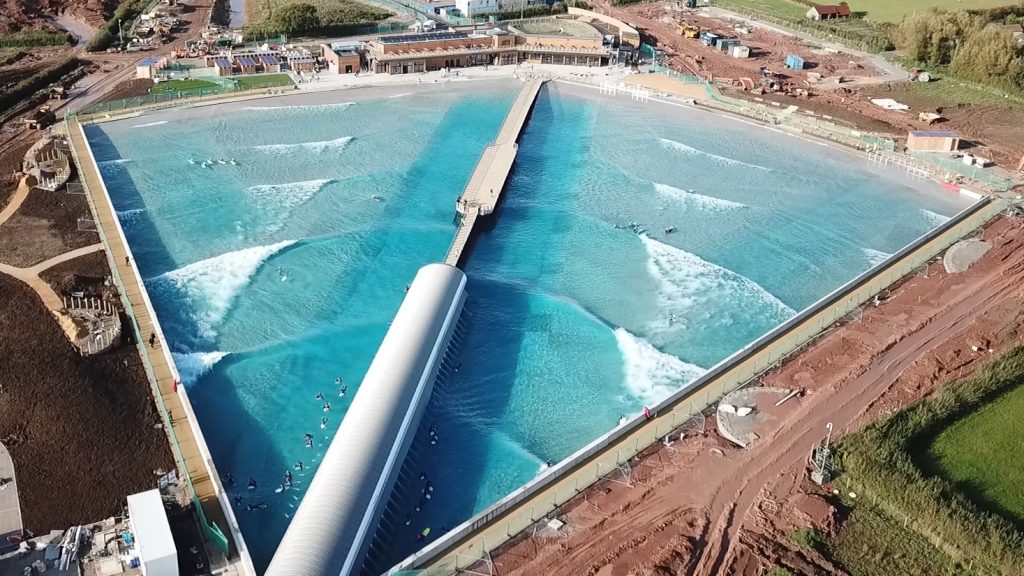
Counting Waves
Wavegarden’s system works a bit like a metronome, using a lever that pushes one way to displace water on one side of the pool and then displacing water again as the arm swings back.
“We also recover energy into our system – the electric motors use part of the hydrodynamic cycle to regenerate energy and thus recover part of it to maximize efficiency,” says Head of Development Projects at Wavegarden Seán Young. “The Wavegarden system requires on average between 0.6 to 1.2 kWh per wave depending on wave size, power and length. Based on actual energy consumption data from our operational systems in Bristol, Melbourne and Seoul, we know that the Wavegarden Cove machine consumes between c. 300 to 400 kWh per one-hour surf session.”
Documents provided by Wavegarden show a 400 kWh energy use to generate 720 three-foot-high cruiser waves in an hour. The same document also shows it takes roughly 400 kWh to generate 340 expert waves at six feet high in the same timeframe. (Intermediate sessions use closer to 300 kWh).
“All of these waves run for 12 to 14 seconds in the Reef area of the Wavegarden Cove,” continues Seán. “And then break again in the Bay section providing rides for beginners of up to 14 seconds as well.”
But how much energy a wave generator uses is never a clean like-for-like comparison. Sean points out that there is confusion in the sector about what constitutes a wave and said that some tech companies count the same wave multiple times.
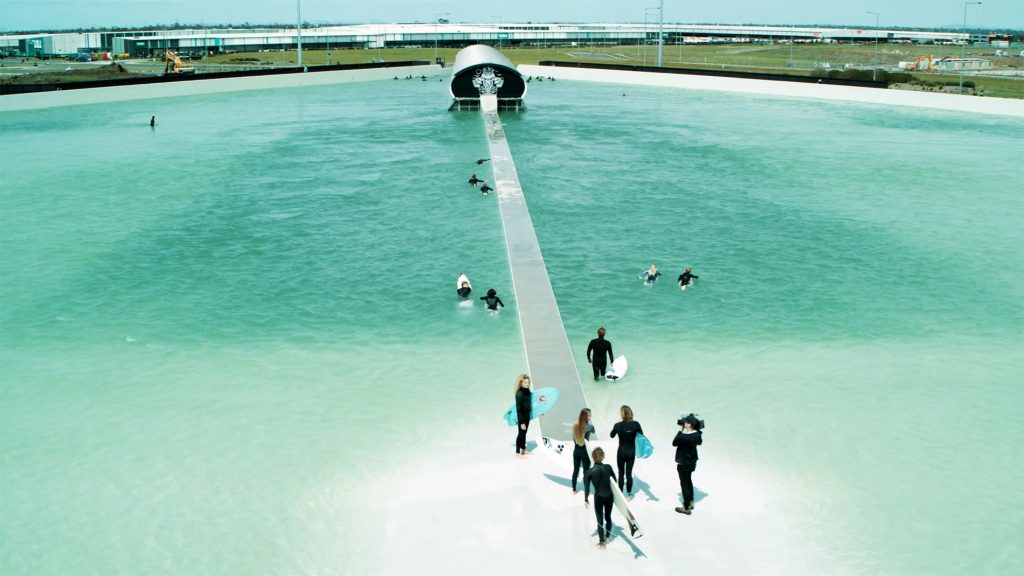
And Then it Gets Complicated
Laurent Hequily of Okahina Wave agrees that when comparing energy systems, there’s a lot of room for bending the numbers in one’s favor.
“Now when you want to compare two technologies or two different systems it is important to compare apples to apples,” says Hequily. “In fact in the emerging artificial wave market, there are no specific official standards, nor any classification society that has been able yet to standardize and control the uses of this young industry.”
Hequily says other factors need to be considered on top of simply producing waves to get an accurate measurement. One can have an energy-efficient wavemaker but if the water treatment, ancillary power (lighting, heating) and cafe aren’t designed for low-energy use, then energy-per-wave is a moot point.
Tanner Wilson of Endless Surf agrees that energy use needs to include a wave pool’s footprint and construction. But added that the variety and type of surf generated are still key to the equation.
“Energy estimates are an important part of the development process for a wave pool,” says Wilson. “However, the findings rely on numerous factors that are always in flux, like wave type, wave height, wave frequency, capacity, and pool reset time for example.”
His partner, Andrew Thatcher, VP of Business Development at FlowRider added that while the Endless Surf system uses 2.8 kWh for a head-high wave and 1.58 kWh for a shoulder-high wave, averaging out overall usage provides a better snapshot.
“It’s really important to remember that when you calculate your electricity consumption it’s like calculating miles per gallon if you had a trucking company,” says Andrew. “There’s certain mileage where it’s from freeway driving and certain mileage when it’s done on a city street so your mileage will vary wildly depending on how it’s being used. If you were to take an average yearly usage with average American energy costs which is about 10 cents a kilowatt it works out to about 25 cents a wave.”
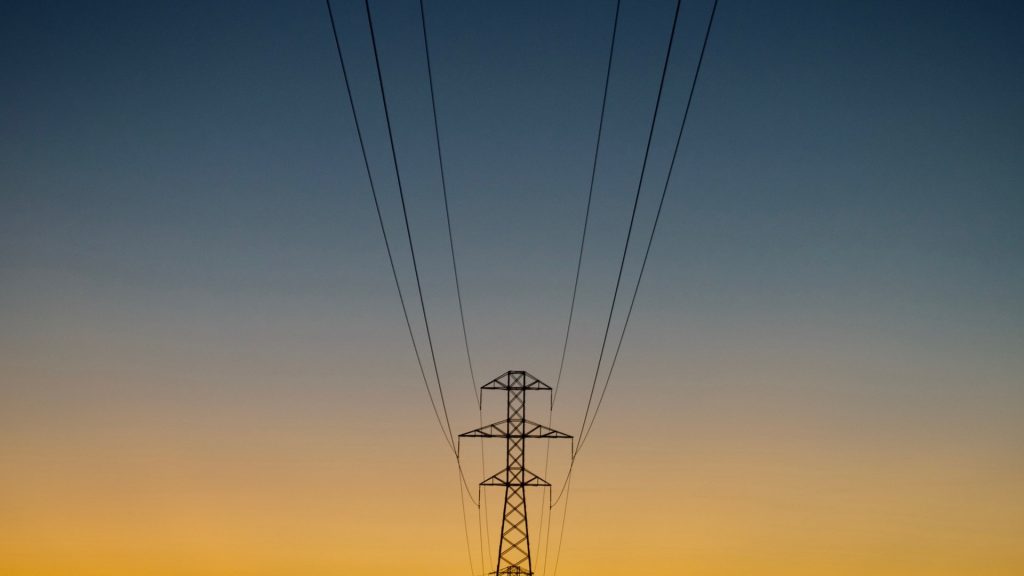
Energy Source
Another component missing from the energy use debate is how those kilowatt-hours are being generated. Iceland uses 51,699 kilowatt hours per person per year, but the country is a wonderland of clean geothermal power. The average person in China uses roughly one-tenth of that at 4,617 kilowatt hours per person per year, but that electricity is powered by fossil fuels including coal.
For the cost of a surf park’s operation, it depends on where they get their energy. BSR Surf Resort in Waco runs on the infamous Texas power grid which failed millions of Americans last February. The power grid in the Lone Star state allows users to pay wholesale prices that fluctuate with market rates if they so chose. This can mean less cost during low-use periods, but high costs during peak use demands. Rates are typically 2-to-3 cents per kWh but during the Winter crisis of 2021, some rates went up to $9 per kWh according to a report by the Associated Press.
One of the highest kilowatts per wave technologies is Kelly’s. To help compensate for such an energy-intensive system (dragging a hydrodynamically-challenged foil through a pool) the company is committed to purchasing energy from renewable sources like solar. A few forward-thinking wave tech systems in the development stage are exploring the use of energy generated from the methane gas released by decomposing waste matter.
One company already working with a few SoCal desert surf park projects is CV Energy Developers. The group builds on-site mini power grids that run more efficiently than the prevailing utility companies.
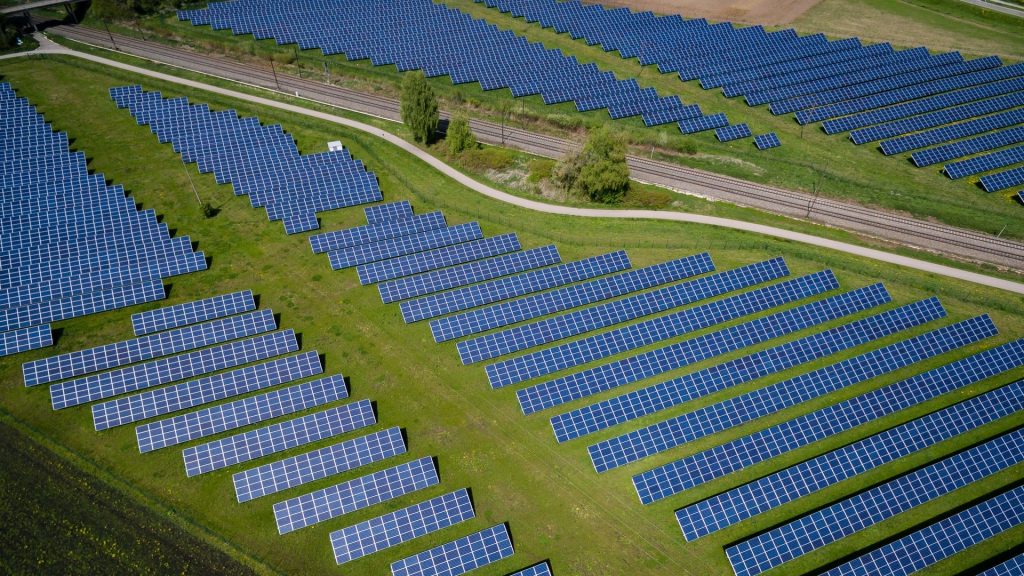
“The system can be designed to be stand-alone (self-sufficient) or grid-connected to cover a determined part of the load,” said David Nicolson founding partner of CV Energy. “More importantly, the cost of self-generated power is substantially less (in most cases) than utility power and the reliability is much better.“
Nicolson adds that it’s not just whether you’re using renewable energy, but how you are using it.
“On-site PV solar could be incorporated along with an energy storage component (battery or flywheel tech) depending on the load profiles,” he said. “If bio-gas can be sourced and contracted as the generator’s fuel source this is also a renewable source of energy. If bio-gas is unavailable and Natural gas is used, Co-generation is still considered green due to the high efficiencies achieved.”
Through research, for this article one thing became clear: evolving wave-making technology moves much faster than the utility provider technologies. Many countries and US states maintain antiquated policies that ensure future dependence on fossil fuels so there’s no incentive for consumers (beyond a moral imperative) to demand clean energy.

Our Job as Surfers
As surfers in tune with the environment, we have an obligation to do better. But in truth, we don’t. We jump on planes for surf trips, we buy shiny new PU boards and we drive up and down the coast searching for waves. True, some of us do this in a Prius, others in a Ford F-450 4×4 complete with lift kit.
So how do we, as surfers, put our money where our mouths are when reproducing waves, a resource that’s free, abundant and carbon neutral? Putting wave pool energy standards in place would be a start – think of how your lightbulb is rated for energy efficiency. Until the neophyte wave-making space can agree on a set of standards and measurements, we will never have totally transparent comparisons for wave pool energy consumption.
Note: This article does not use Joules per second. The words “power” and “energy” are used interchangeably in non-academic terms and are applied to give a precursory understanding of the resources expended to create waves. Stay tuned for a deeper, “deep dive” when we hear back from the wavemakers responding to a standardised measurment.
Related Coverage
